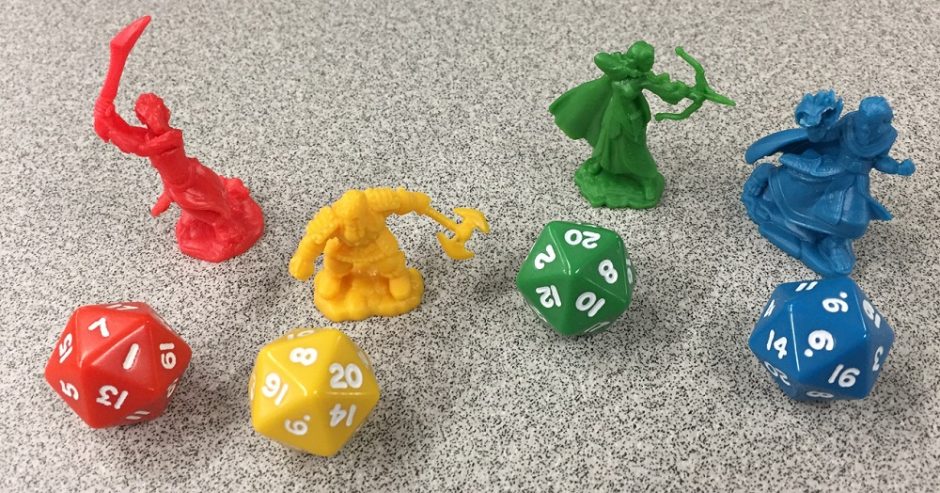It has been a while since I wrote about curriculum. Reviewing the 2023 ISI Framework has got me thinking about curriculum again, with curriculum stretching across three of the four sections:

In truth, not much has changed however, what do our staff need to know and remember about our curriculum? Intent, implementations and impact or otherwise.
What do our staff need to know about our curriculum?
Our overarching aim or intent.
A broad, relevant, challenging and exciting curriculum
Website
Joining a new education group, a secondary aim of the group is for our pupils to be able to reach their “chosen destination.”
Implementation or design principles?
Our curriculum is built upon three design principles: “Connected. Coherent. Cumulative.” Broadly, these three design components interact with each other as the curriculum, defining each subject discipline, the interactions within and between them, and also the design principles of assessment.
Connections within a subject: explicitly linking ‘Big Idea’ or concepts, or explicitly linking networks of prior knowledge within a subject. Using class readers to expand an awareness of global issues, eg The Explorer in Year 6 with endangered species Climate Change.
Connections across subjects: subject-to-subject knowledge / ideas / concept links – we also have the phrase ‘happy accidents,’ where coincidental connections are explicitly identified when taught. The curriculum delivery or schedule is designed to promote ‘happy accidents’ eg Animal Farm follows Soviet history.
Explicitly demonstrating connectedness within and between subjects is relatively straightforward, however, articulating the coherence of our curricula can be incredibly complex.
Coherence: what to teach and when, sequencing knowledge (one concept often relies on the understanding of what has come previously and what will come next).
Coherence: supporting the acquisition of new learning by exposing its relationship to prior knowledge – taking into account some subjects are more are more hierarchical and others are successive.
Not only do we need to explain how content is sequenced and organised but also how the necessary knowledge and concepts are introduced, again sequenced, built on over time, revisited and lastly assessed. Where assessment is cumulative. As we know, in some subjects knowledge structures are more hierarchical and others are successive. Broadly, subjects such as English literature, geography, history, art, drama and music may be considered more successive than hierarchical, with fewer threshold concepts that require one component being taught before the next. Although schemes of work, the knowledge within, may be related, they are less likely to be dependent upon each other for understanding. Connections more scattered, decisions more opportunistic and selective as a result. Even in writing that summary, to suggest that subjects can be categorised as either more hierarchical, more successive, would be an oversimplification.
One key area of knowledge is ‘powerful vocabulary.’ Powerful vocabulary or subject specific vocabulary should be carefully mapped out across a curriculum to clarify when technical vocabulary and phrases are introduced, revisited and which have multiple meanings across subjects. This enables pupils to articulate their learning with confidence.
Let’s pause to acknowledge that pupils entering secondary school are exposed to more complex forms of knowledge, that language used becomes more technical, dense and abstract. The volume of words encountered significantly increases (Deignan et al 2022).
Finally, the design principle of cumulative delivery (influenced by hierarchical and successive knowledge structures). The notion of successive learning/relearning has a substantial empirical research base – See Dr Katherine Rawson’s research. Knowledge and the access and retrieval of knowledge benefits from multiple exposures and multiple, spaced relearning opportunities. Of course, assessment also offers an excellent incentive to revisit prior learning, decaying as a result non-use.
Cumulative: successive relearning, retrieval and revisiting learning
Cumulative: assessment planning whereby we revisit material from previous assessments in each subsequent assessment
Lastly, we include our School Development Plan teaching priorities for teaching and learning.
Quietly, we talk about mirrors, windows and a local curriculum. We talk about a curriculum our pupils can see themselves in (mirrors) and a curriculum through which to view the world (windows) and a “local” – a curriculum informed locally, by local history, events and a rural setting.
Finally our School Development Plan priorities (Oracy and talk for teaching).
- ‘READ’ – adopting READ for extended text routines
- Discussion – how to model discussions
- Vocabulary – how to introduce new subject specific vocabulary
- Meta cognition – rebranded as talk for teaching (pupils being able to outline their learning through talk)
Co-curricular
A programme of curriculum and high-value co-curricular activities (120+) that “develops a range of skills,” plays a significant role – and is the final component of our curriculum intent.
Impact
We strive for our pupils to be ‘happy and successful’ through the ethic of ‘growth and excellence’.
https://www.boundaryoakschool.co.uk/welcome/school-philosophyethos/
The impact is ultimately seen in how, when and what knowledge is taught and revisited, what knowledge is excluded, and how pupils interact with their learning. A well-constructed, well-taught curriculum, will be reflected in what pupils have learnt (of course, that is largely influenced by the examination specifications).
The bulk of the evidence comes from visiting lessons, drawing together evidence from the various stakeholder engagements, conversations with pupils, work scrutinise and documentary review. Examination results should not be ignored.



